Offer Pages and Dreams...
My favorite books, old and new, and other mind-enriching suggestions, plus an easy spicy sauce that will delight your friends.
I first came accross harissa the marvelous sauce in the ‘90ies, when I tasted a home-made one in Tunisia and became addicted (scroll down for the recipe). It is incredible how its addition gives depth to the simpler dish or salad. I add it to all kinds of sauces, stews and salads. I also place a small bowl of fruity olive oil with a little harissa on the table, for dipping bread in.
Books: New and Old
I never learned to bake properly, and until recently I …. as I baked the occasionnal bread, adding and substracting whatever I had at hand.
But as Costas needs his sweet after lunch —our maine meal of the day— I wanted to bake desserts that were not loaded with sugar, so I came upon
’s wonderful book.Following
, I first read about Sift, Nicola Lamb’s book, long before it was in all the newspeper and magazine selections, and I immediately bought it! Listen to the author talk about it, and give great suggestions about London bakeries and restaurants!Starting from last week you will find that parts of our newsletters are behind a paywall. There will still be portions you can read and scroll through without a paid subscription, but if you like what we write and the recipes we propose, please, consider becoming a payig subscriber! Also, OFFER a subscription ✒️to a friend who you think will appreciate it!
Claudia Roden has changed my way of thinking about food long before I decided to write my own books. I was describing classic French cooking and the cuisines of Italy to my magazine audience in the 1980’ies when I happened upon her New Book of Middle Eastern Food, first published in 1968.
Photo by John Reardon, from the New Yorker.
Claudia’s first book opened my horizons to the fascinating traditions of our region and encouraged me to start my own research. Read her wonderful 2007 New Yorker profile by Jane Kramer. You may find her latest book with a new, simpler cover, and I suggest you watch her talk about it.
Long before the Internet and email, in the 1980ies, Paula Wolfert and I were introduced by a Greek-American importer and ‘met’ via Fax. She was researcing for her Eastern Mediterranen book and I was completing and fine-tuning my explorations of Northern Greek cooking for my first book The Foods of Greece. We decided to team-up, and met for the first time at the Thessaloniki airport. Needless to say that we immediately clicked. Here is what she wrote in her book’s acknowledgements.
Of her many precious books, I choose her World of Food, a wonderful selection she compiled in1988. The Cooking of the South-west France is another favorite of mine.
I noticed that many of my fellow authors and bloggers suggest their own books, so for the first time I decided to propose my best-seller Foods of the Greek Islands. It has some of my photos and I feel that it contains some of my best recipes and intros. For this I have to thank Rux Martin my incredible editor, who later bacame a dear friend!
I am also including my beautifully illustrated Maditerranean Pantry, which came out in 1994, long before the pantry idea became popular. It has spectacular photos/paintings by the late British photographer Martin Brigdale, almost too precious for this little book…
Besides books, I would like to suggest you offer friends subscriptions to some interesting daily and weekly readings, not necessarely only about food. The New York Times and its best-selling and quite expensive Cooking Section. Also The Atlantic that I believe publishes the most engaging and interesting journalism, and of course the Washington Post.
Finally, I aggree with
that the Guardian is probably the most engaging newspaper for people who want to read much more than the news, as it offers some quite unexpected perspectives of everyday life and events.Check the Guardan’s timeless Christmasy food section and the brilliant Feast app!
Homemade harissa
The much-simplified recipe for harissa is a based in Paula Wolfert’s very detailed recipe, which she makes using New Mexico chilies. I like to place a small bowl of fruity olive oil with a little harrissa on the table, sprinkling with additional smoked pepper if you like, for dipping bread in.
Yields about 1/3 cup
1/3 cup (1 1/2 oz) Maras or Aleppo red pepper flakes, or dried New Mexico chilies or regular pepper flakes (see note) plus 1-2 fresh minced red peppers depending on how spicy or sweet you like the sauce.
1 minced garlic clove, or 1 teaspoon roasted garlic paste
1 teaspoon ground coriander seeds, preferably toasted in a dry skillet until fragrant
1 teaspoon ground caraway seeds
1/2 teaspoon ground cumin
2-3 teaspoon water
Olive oil
1/2 -1 teaspoon sea salt, or more, to taste
In a food processor work the pepper flakes together with all the other ingredients with 2 teaspoons water and 2 tablespoons olive oil to make a thick paste (more water and olive oil may be needed).
Pack tightly in a small jar and top with some olive oil to cover. Store in the refrigerator. It will last for 3 months or more.
NOTES 1. If you use New Mexico chilies remove the stems and seeds and soak in water for 10-20 minutes. Wrap in cheesecloth and press well to remove as much water as possible, and then proceed as described above. In that case no more water is needed.
2. If you use regular red pepper flakes, mix with 1 tablespoon paprika to make the 1/3 cup needed.

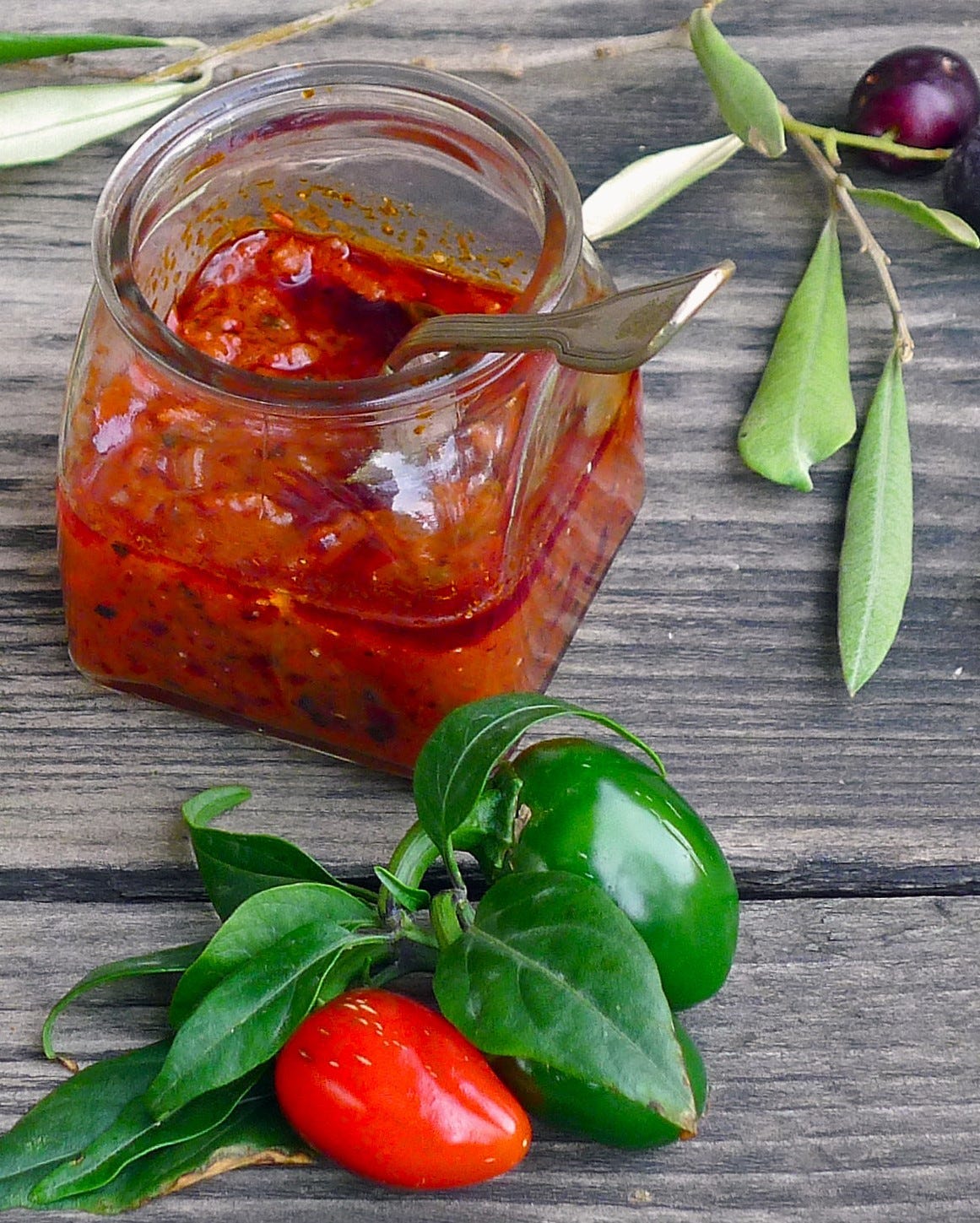
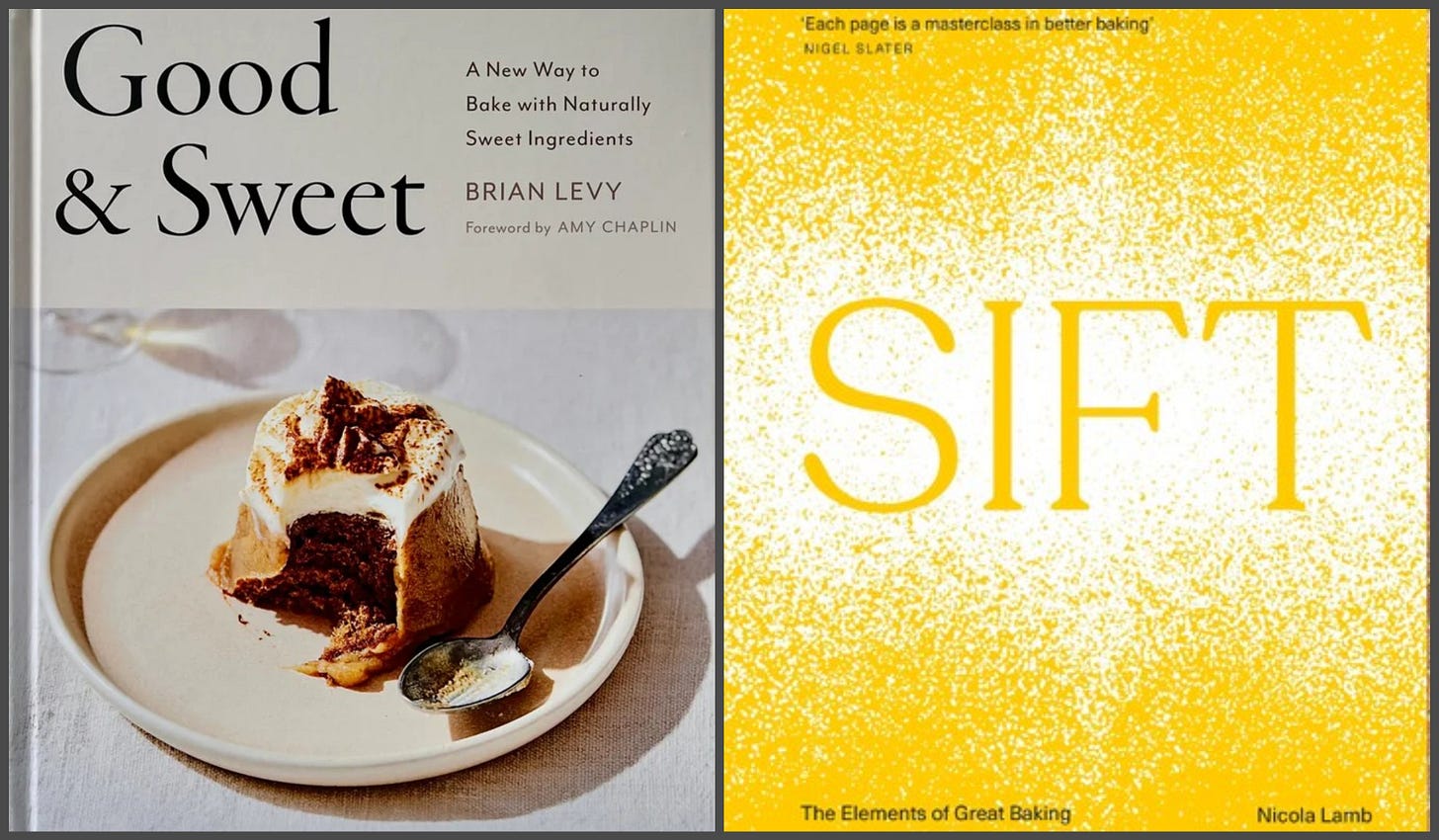
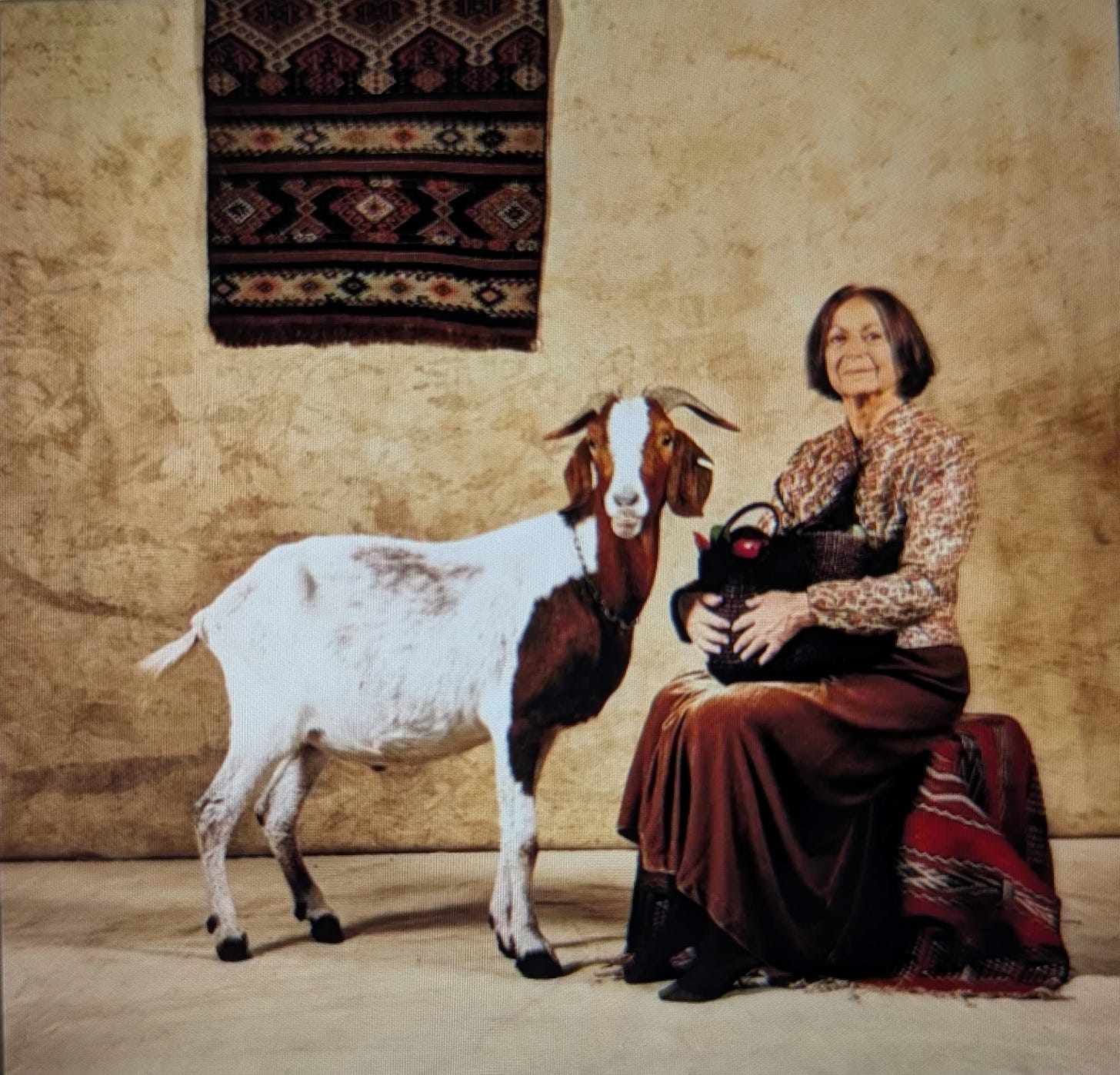
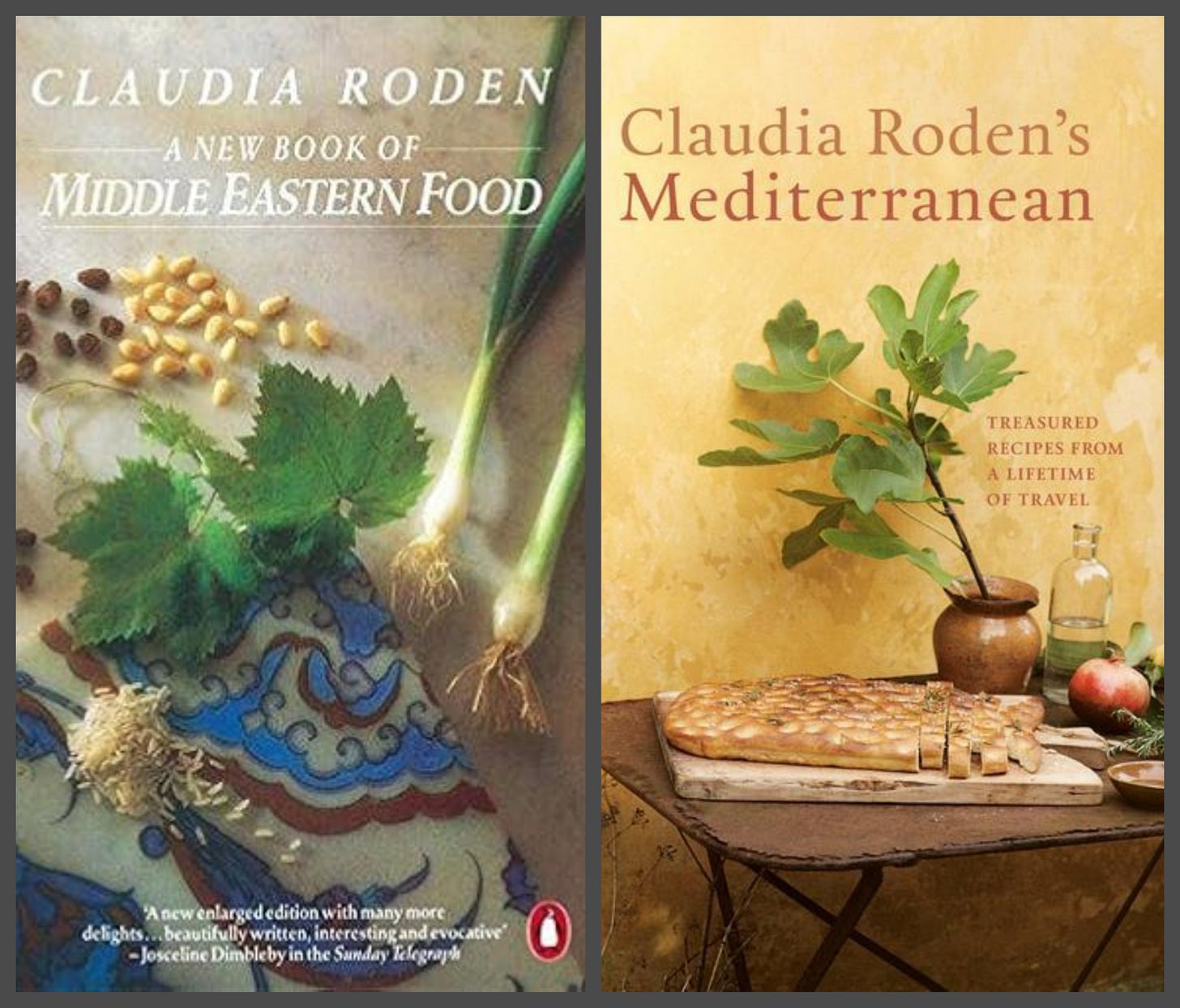
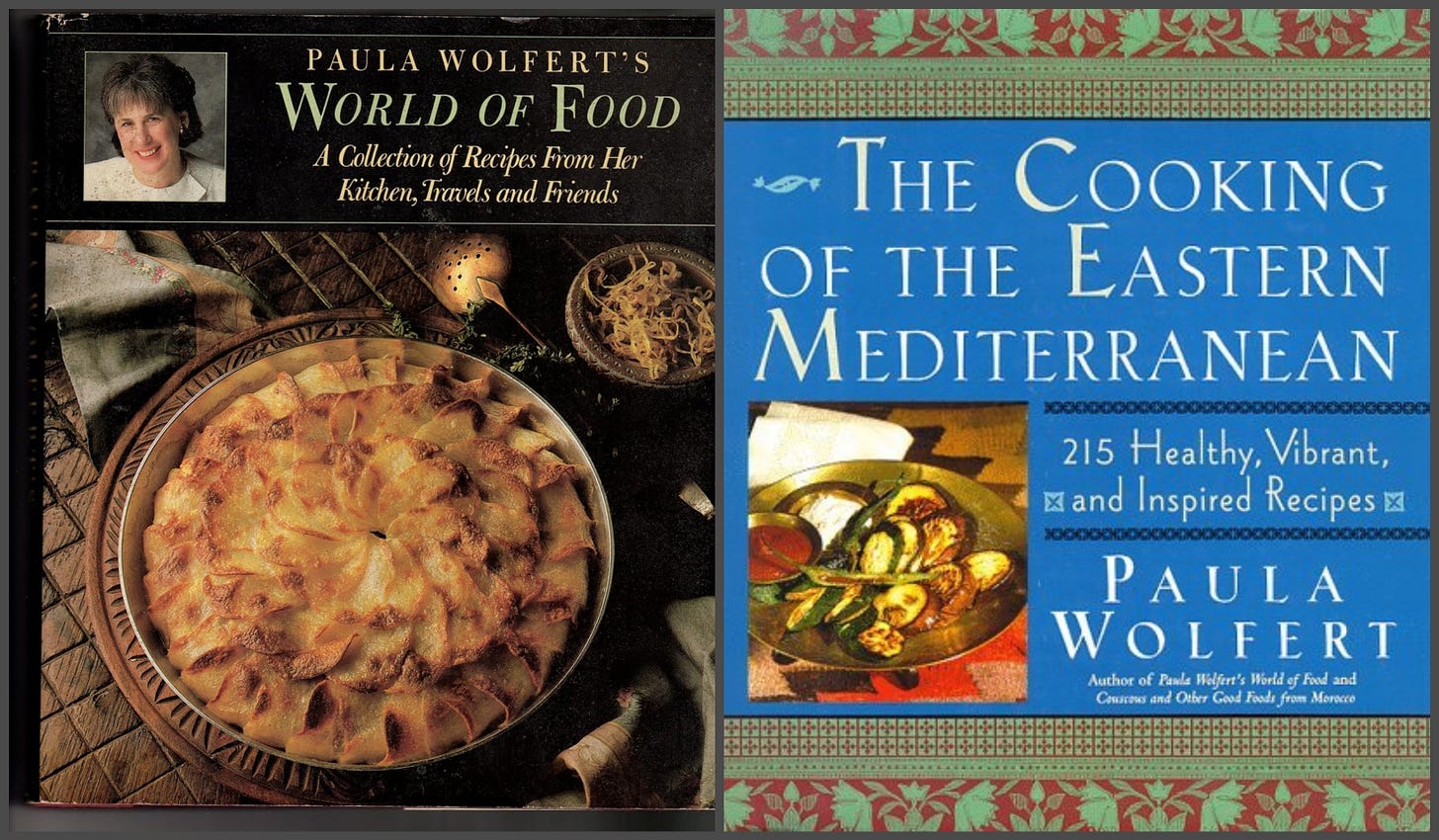

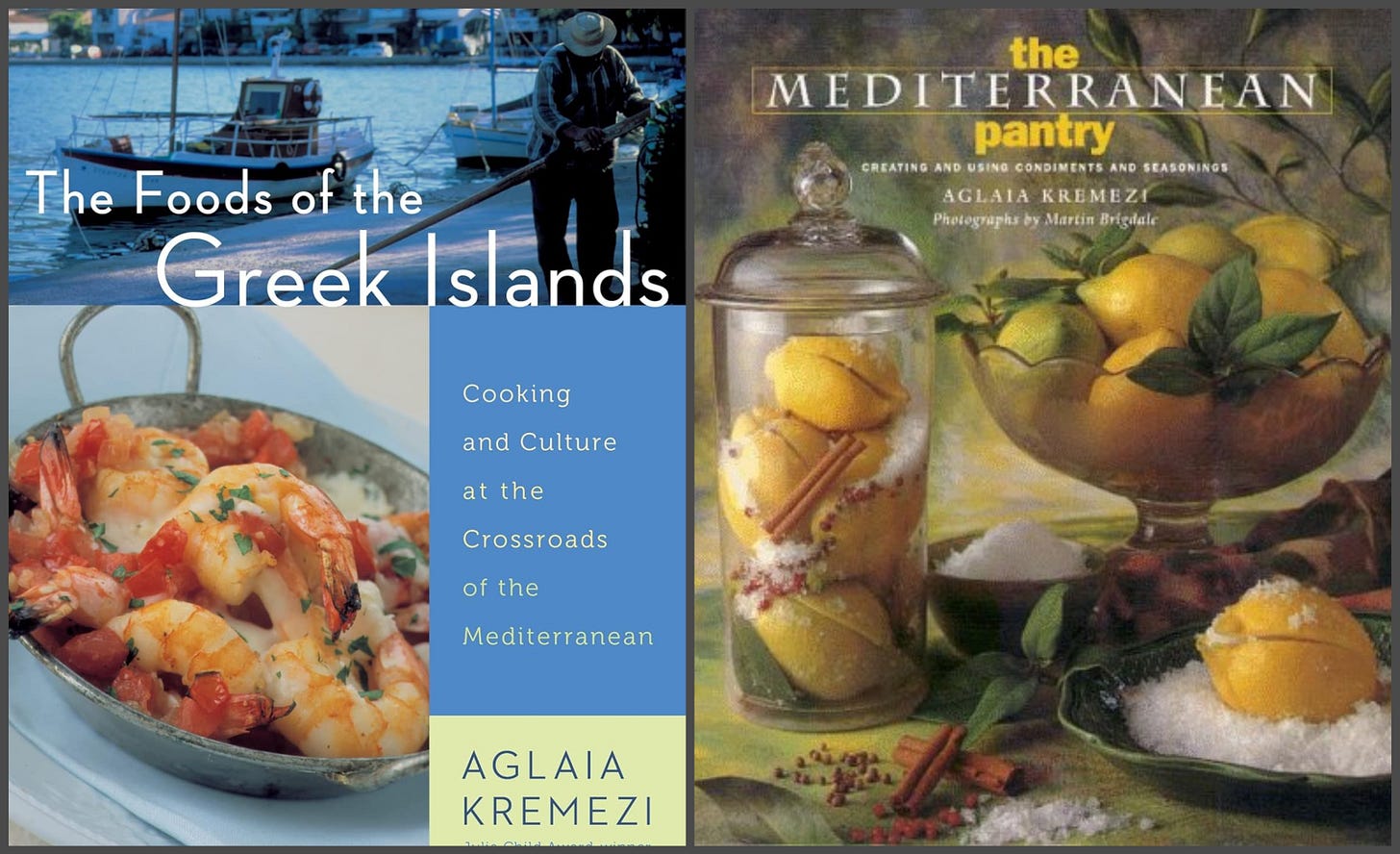

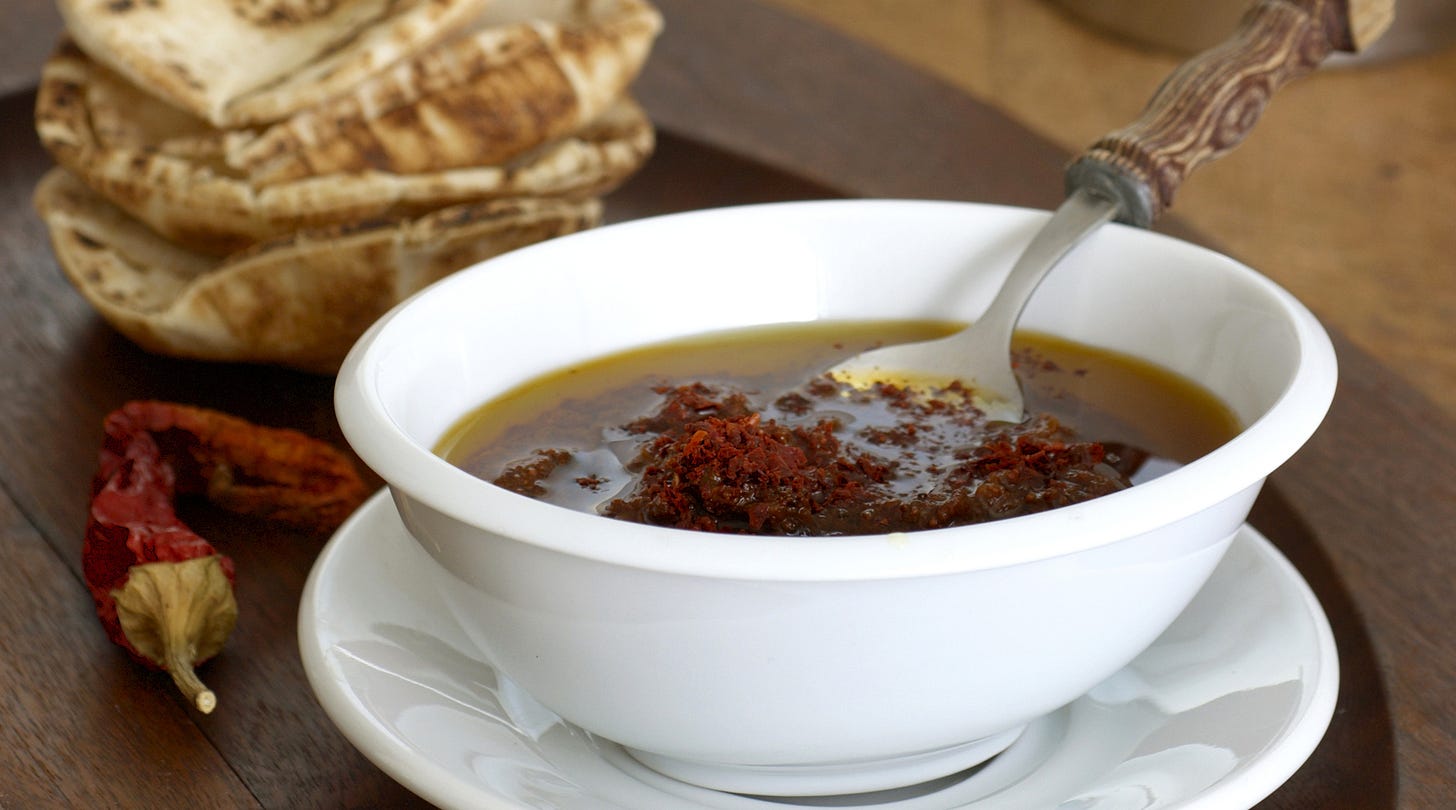
Aglaia, thank you so much for that wonderful article about Claudia Roden and the video. I got hooked and couldn't stop watching. And remembering our lovely visit to Istanbul when she was there, getting to know one of the finest food writers ever. Cherished memories. One day I must tell you how I got to know Paula, another wonderful generous soul and brilliant food writer. Merry Christmas to you and Costa